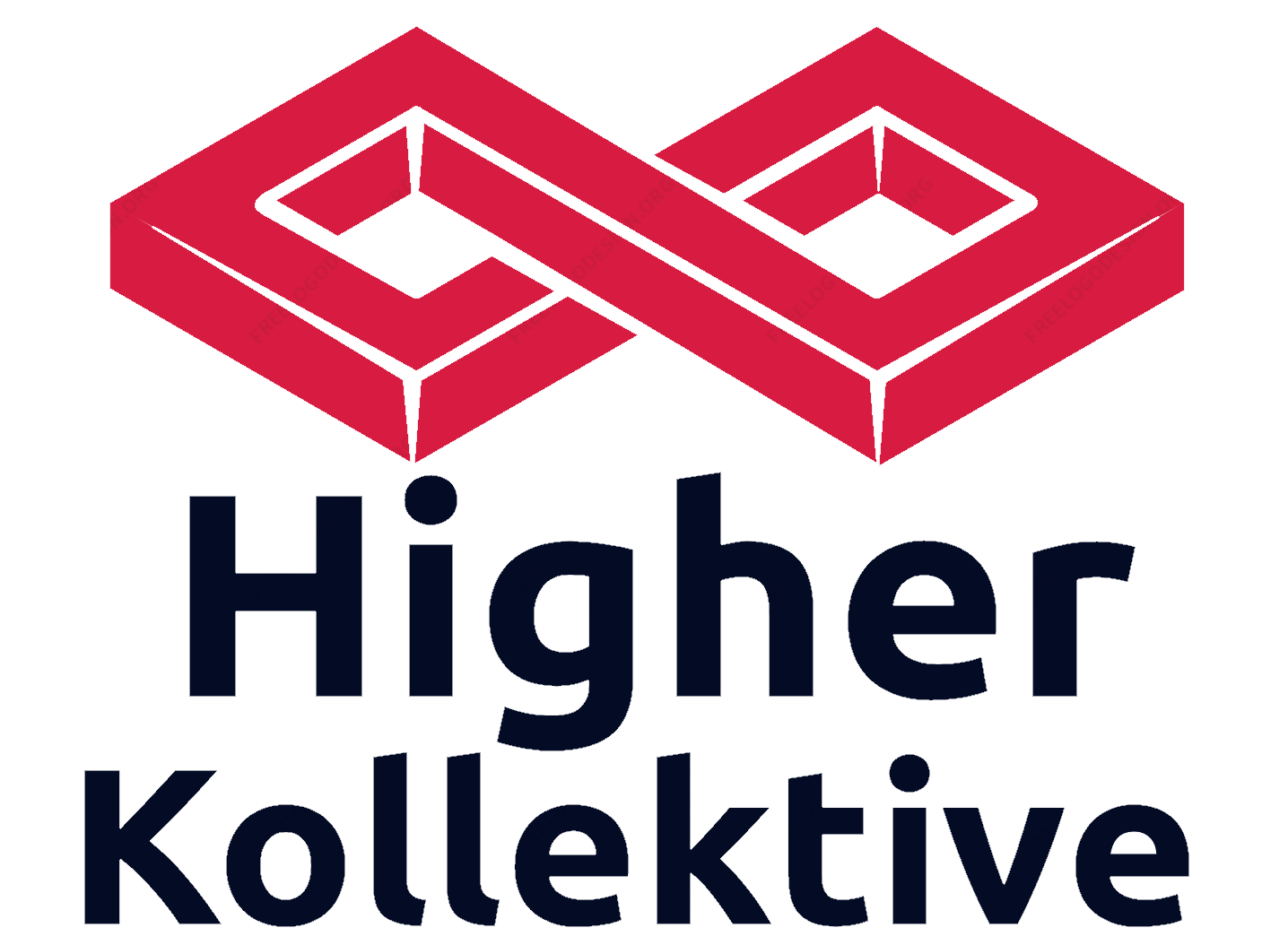The Benefits of Non-Invasive Pain Management Treatments
If you’re suffering from chronic pain, several non-invasive treatments can help. These treatments can reduce your pain, improve your quality of life, and prevent it from recurring.
Some of the most common non-invasive pain management methods include exercise, physical therapy, and massage. These techniques are effective in relieving pain and improving flexibility and strength.
Minimally Invasive
Minimally invasive pain management treatments are non-surgical therapy that helps treat acute and chronic pain. They can be combined with medications to provide a more effective treatment plan.
Injections and needles can be inserted into joints, muscles, ligaments, and around nerves to relieve pain. Some injections can relieve you immediately, while others may provide long-lasting results.
Many pain management procedures are safer than pain medication since they do not require a lengthy hospital stay. They also offer faster recovery times and less blood loss.
Surgeons have found that patients who undergo minimally invasive surgery recover more quickly and feel better. They can often return to work sooner than if they had undergone traditional surgery. This is a significant benefit for many patients.
No Surgery
Non-invasive pain management St Augustine FL is a good option for many people seeking lasting relief. These treatments can help improve mobility and reduce inflammation without the risk of surgery or invasive procedures.
Some of these treatments include exercise, biofeedback, and even music therapy. These therapies can reduce pain and make you feel more comfortable in your skin.
Other non-invasive pain management techniques may involve the use of medications. However, some of these techniques are more specialized than others, so be sure to ask your doctor about all your options. You can also try non-drug alternatives like ice packs or heat. These are great for reducing pain and soothing muscles and joints, but they do not have the same effect as drugs.
No Drugs
Taking drugs for pain is often the first treatment option, although many effective alternative options exist. Some people find relief from over-the-counter medications such as ibuprofen (one brand name: Advil) and naproxen (one brand name: Aleve), as well as acetaminophen (one brand name: Tylenol).
Other pain treatments include acupuncture, which uses skinny needles placed in different places on the body to interrupt pain signals, and physical therapy. These treatments help patients improve their overall function and decrease their pain.
No Recovery Time
Aside from the usual suspects, such as painkillers and cortisone shots, many of the most enduring and effective treatments are non-invasive. They may take a bit longer to see results, but the benefits can be substantial.
Some of these therapies include exercises that are good for the heart, brain and body and a good night’s sleep. While these aren’t the cure-all, they do an excellent job of improving and restoring function in many patients. The game’s name is to make your pain manageable, so you can return to the activities that matter most to you. A great start is to schedule a free consultation with one of our doctors to learn about the latest and most excellent options in pain management for you and your family.
No Side Effects
Several non-invasive pain management treatments don’t require the use of medications. For example, ice packs can be applied to the affected area to reduce inflammation, while heat can help relax muscles and ease pain.
There’s also the option of using dietary supplements, vitamins, and topical capsaicin, extracted from chili peppers to reduce pain. Other treatments include exercise and physical therapy.
In addition to these treatments, various pharmacologic therapies can be used with non-invasive therapies. These therapies are often effective but can come with side effects. For instance, narcotics are the most effective treatment for acute and postoperative pain; however, they can be habit-forming or addictive if not supervised by a doctor.




